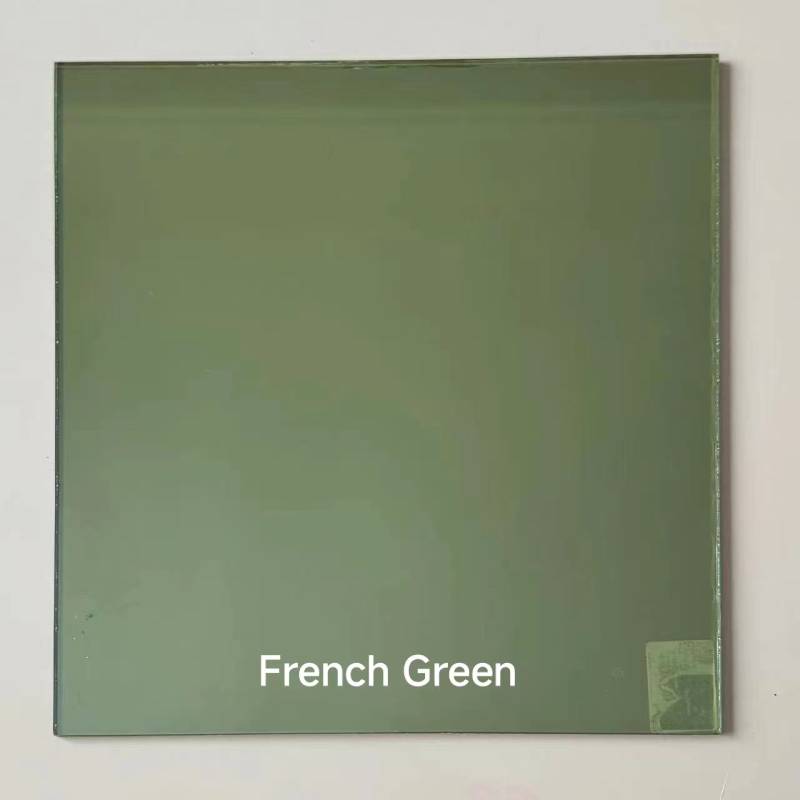

The Wonders of Translucent Mirror Glass
Translucent mirror glass represents a remarkable blend of elegance and functionality in modern architecture and interior design. This innovative material has gained significant popularity due to its ability to reflect light while allowing visibility from one side, creating unique visual experiences in both commercial and residential spaces.
The fundamental concept behind translucent mirror glass lies in its dual functionality. It acts as a mirror on one side while permitting light to pass through when viewed from the opposite direction. This property is achieved through a specialized coating that reflects approximately 50% of the light, resulting in a surface that is reflective yet partially transparent. As a result, translucent mirror glass has become an essential choice for those seeking to enhance the aesthetics of their environments while ensuring privacy.
One of the most notable applications of translucent mirror glass is in architectural design. It has been widely adopted in high-rise buildings, where it helps to create a dynamic facade that changes appearance throughout the day. During the daytime, the glass reflects the surroundings, blending onlookers with the cityscape and creating an eye-catching play of light and shadows. At night, when the interior lights are turned on, the glass transforms into a transparent surface, allowing a glimpse into the vibrant life inside. This duality not only enhances the visual appeal of the building but also contributes to energy efficiency by reducing the need for artificial lighting during the day.
In interior design, translucent mirror glass provides a sophisticated solution for enhancing space without compromising on privacy. It is increasingly used in environments such as offices, restaurants, and homes, where it can create the illusion of a more expansive area. For instance, mirrors are commonly utilized in small apartments or studios to reflect light and impart depth, while translucent mirror glass can serve a similar purpose while also blocking direct lines of sight.

Moreover, translucent mirror glass is making waves in innovative product designs. From furniture pieces that utilize the glass for tabletops to partition systems that maintain an open feel while defining spaces, its versatility is unmatched. The ability to diffuse light gently while allowing for reflections makes it ideal for creating mood and ambiance, particularly in lighting fixtures or decorative wall art.
The use of translucent mirror glass also aligns with the growing trend toward sustainability. By integrating reflective properties, buildings can naturally reduce heat gain and lower air conditioning costs, contributing to a smaller carbon footprint. Furthermore, the material is often made from recycled glass, emphasizing a commitment to eco-friendly practices.
As technology continues to advance, so too does the potential for innovative uses of translucent mirror glass. Researchers are exploring smart glass technologies that can change from translucent to transparent at the touch of a button, allowing users to control light and privacy dynamically. This kind of adaptability can revolutionize how spaces are designed and experienced, offering unprecedented flexibility.
In conclusion, translucent mirror glass serves as a fascinating and functional medium that enhances the beauty and utility of spaces. Its combinations of reflectivity, privacy, and design versatility make it an ideal choice for modern architecture and interior design. By continuing to innovate with this material, designers and architects can create environments that not only captivate the senses but also foster sustainability and energy efficiency, paving the way for a brighter and more aesthetically pleasing future.